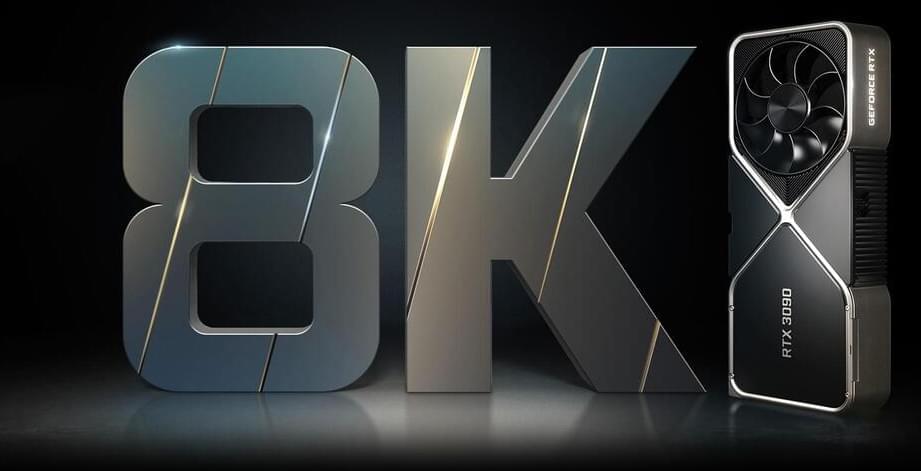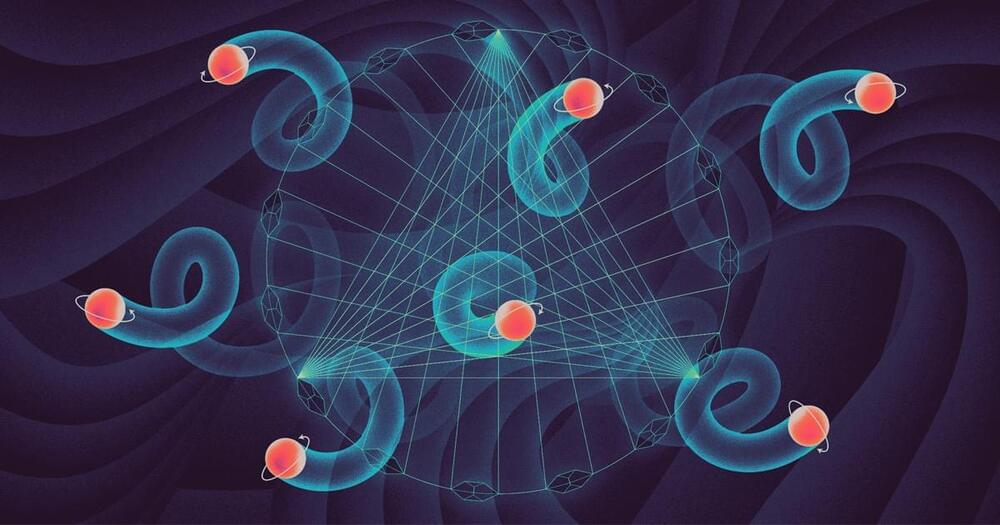Jul 6, 2022
NVIDIA RTX 4080, RTX 4090 to Feature Clock Speeds Exceeding 3GHz, Likely to Break the 100 TFLOPs Barrier [Report]
Posted by Quinn Sena in category: computing
NVIDIA’s next-gen Lovelace graphics cards are rumored to feature considerably higher TGPs than their predecessors. We’re looking at power draws of up to 600W for the RTX 4090 and even more for the RTX 4,090 Ti. This is despite the fact that these chips will be fabbed on TSMC’s 4nm N4 process which is easily one of the most efficient nodes on the planet. The excessive power consumption won’t be for nothing though, and the RTX 4,090 (based on the AD102 die) will pack around 16K FP32 cores.
The AD102 die will get a haircut before going into the RTX 4,090, dropping the core count from 18,432 to 16,384. This means that a few of the SMs, TPCs, and GPCs along with the L2 cache will also be axed. As for the clocks, Kopite7kimi states that we can expect core boost clocks well over 2.8GHz.
We might get a GPU with 16,384 pulsating cores running at a whopping 3GHz and custom liquid-cooled models clocked even higher. The more accessible RTX 4,080 featuring the AD103 die should pack around 10,000 cores and boosts exceeding 3GHz. The peak power draw should stay in the 400-450W range.

















